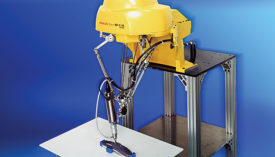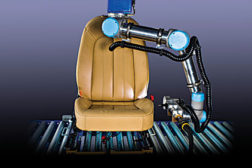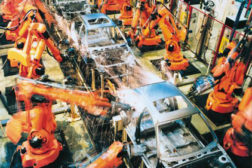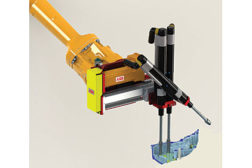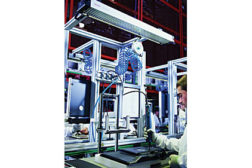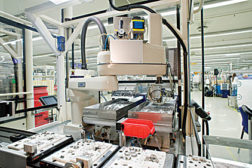Home » flexible assembly
Articles Tagged with ''flexible assembly''
Colleague Robot Ensures Flawless Car Seat Assembly
At Lear Corp.’s production facility in Besigheim, Germany, multiple shifts of workers assemble car seats just-in-time.
March 1, 2013
Robotics and 3D Printing Get Creative at Cornell Lab
Robotic grippers and 3D printing are two passions of Hod Lipson, an associate professor of mechanical and aerospace engineering and computer science at Cornell University.
March 1, 2013
New Developments in Robotic Screwdriving
Robotic screwdriving offers a flexible alternative to offshore production.
February 5, 2013
Never miss the latest news and trends driving the manufacturing industry
Stay in the know on the latest assembly trends.
JOIN TODAY!Copyright ©2024. All Rights Reserved BNP Media.
Design, CMS, Hosting & Web Development :: ePublishing
